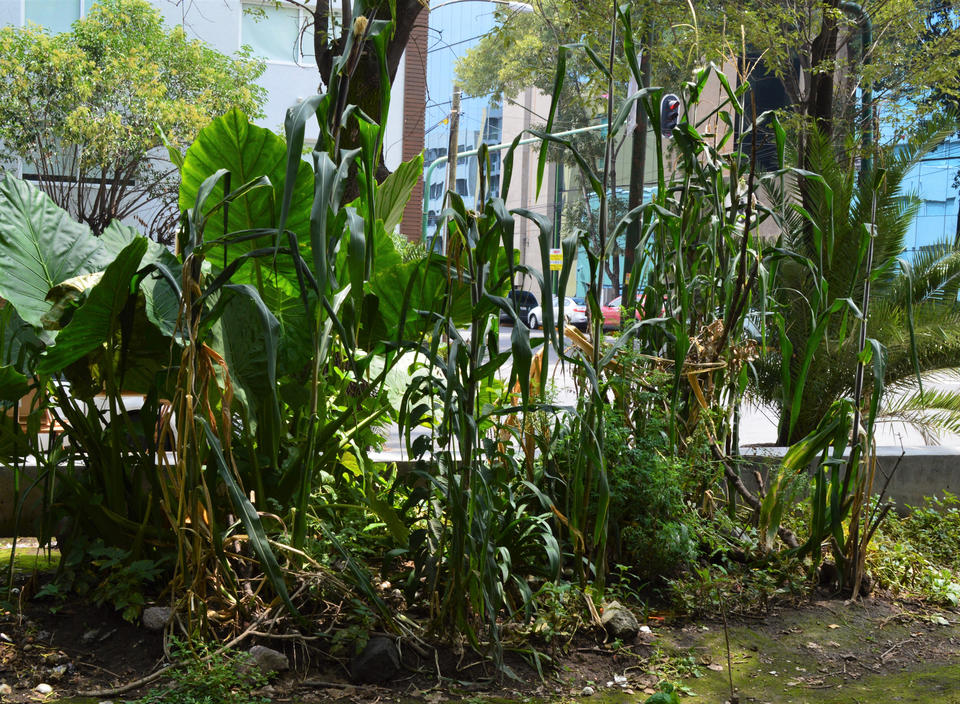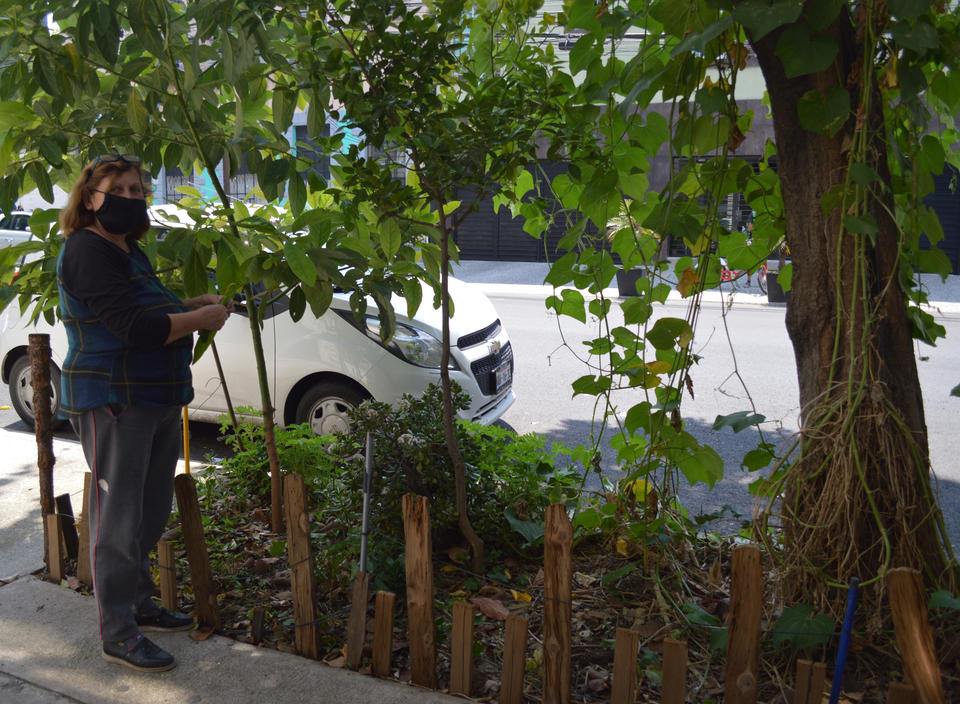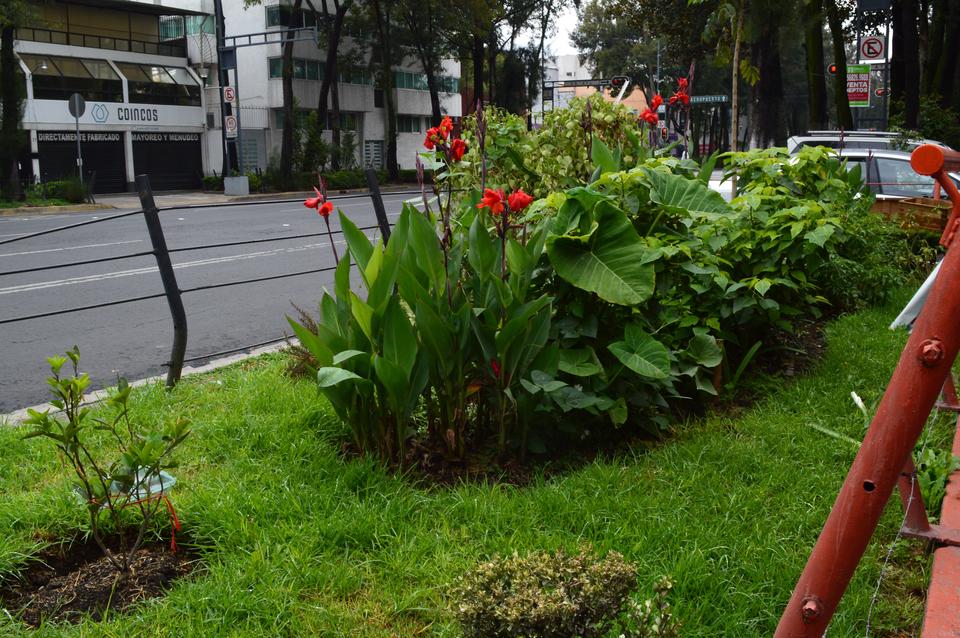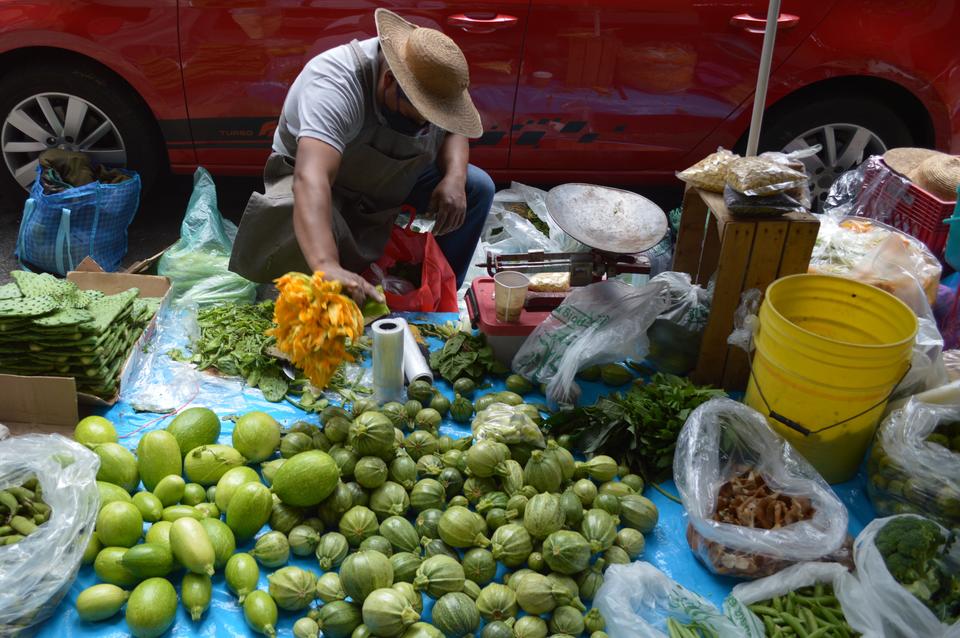Explorations on Edible Memory and Food Sovereignty
in Mexico City
Image
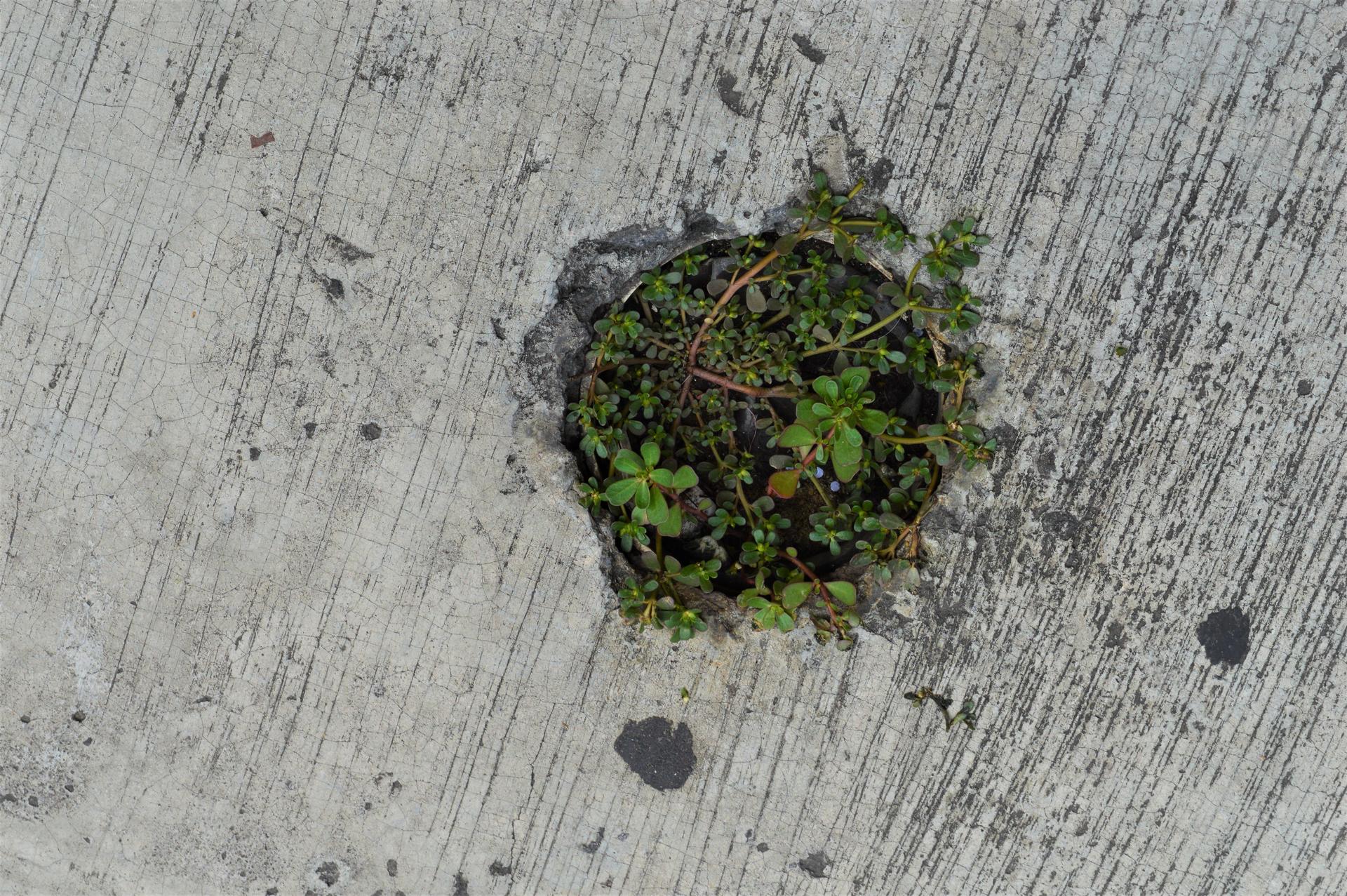
"Growing Quelites in the City" aims to promote the conservation of native crops
and the preservation of the natural habitat within Mexico City
by decolonizing urban agriculture and transforming the urban landscape.
The diversity of edible crops has been drastically reduced in the last century, causing negative ecological, economical and even cultural impacts. Several authors agree that the way in which indigenous people relate to nature may shed some light on how to face the ecological and climate crisis that we are experiencing today. Indigenous peoples have become the true guardians of edible biodiversity, safeguarding traditional knowledge through orality and hands-on learning in the field.
However, today the number of people living in urban areas is increasing. Therefore, some questions that arise are: What happens to the indigenous edible memory when the crop fields are exchanged for asphalt? How can we avoid the degradation of those knowledges?
Image
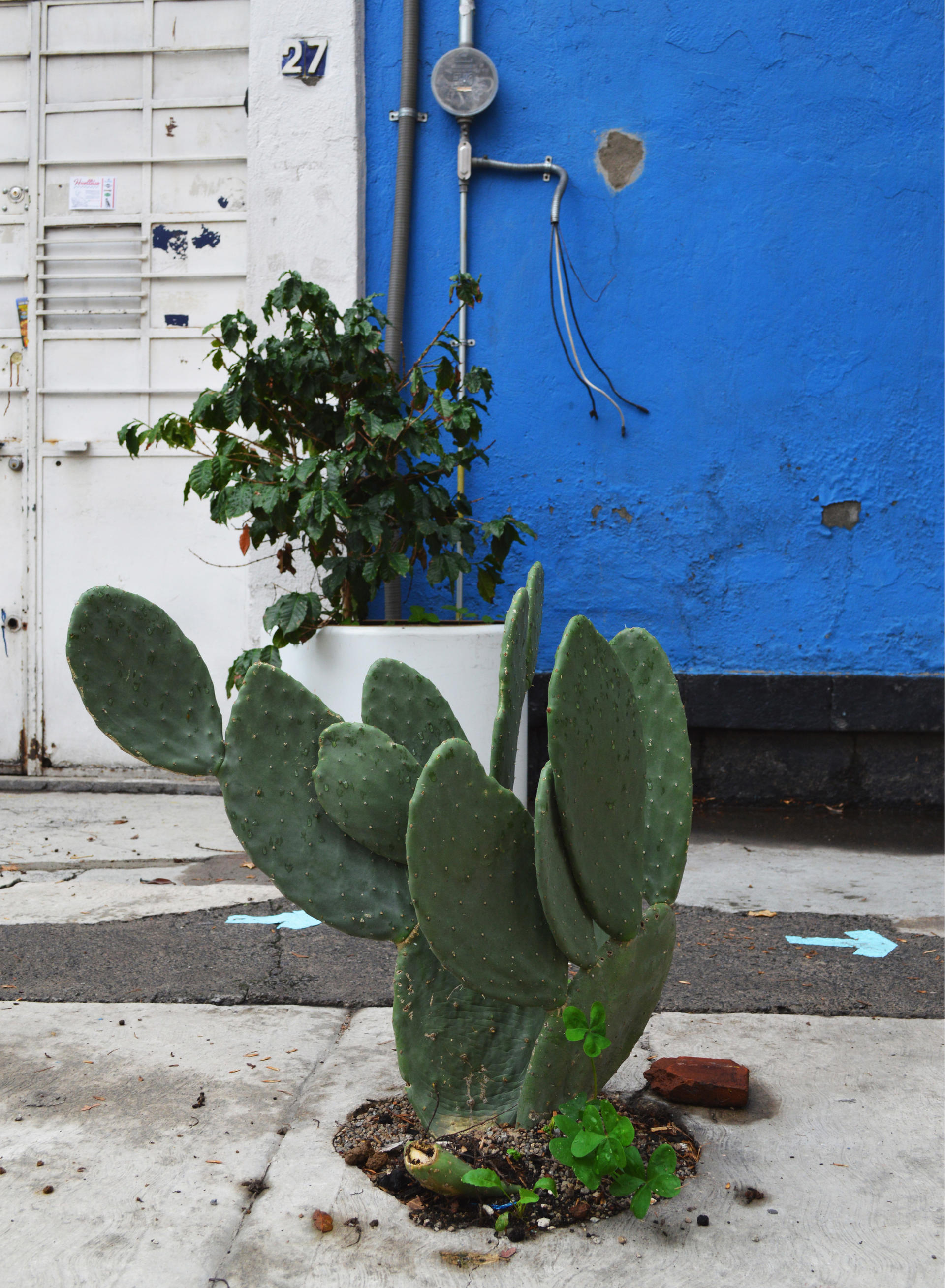
▲ Prickly pear pad resisting against urbanization.
▲ Findings from my observation walks.
To explore the extent to which the edible memory of Mexico City’s dwellers still has an indigenous weight, although not recognized as such, I developed a case study on the Santa María la Ribera neighborhood and carried out a participatory research using the so-called ‘sentipensar’ [feeling-thinking] methodology through observation walks and semi-structured interviews.
Based on my field observations, I found that the indigenous edible memory is preserved mainly through the cuisine, since Mexican food continues having a widespread use of native ingredients despite multiple colonial attempts to eradicate its indigenous roots. However, knowledge about the cultivation of those native crops has been seriously eroded as there are no hands-on experience as in rural times. Furthermore, urban agriculture has been influenced by global trends following mainly a western orientation rather than a local one.
For this reason, Growing Quelites in the City chose the quelites- semi-wild edible herbs that are part of the milpa (indigenous agriculture system) -as a starting point to indigenize urban agriculture in Mexico City. It also proposes the creation of a community node formed by a demonstration garden, a seed bank and a harvesting pantry. This node becomes the central connector (hub) of a micro-farming network made up of small home gardens.
Image
Image
Image
The ultimate purpose is to reactivate the indigenous edible memory of city dwellers and empower them as actors in the preservation of the native diversity.
Image
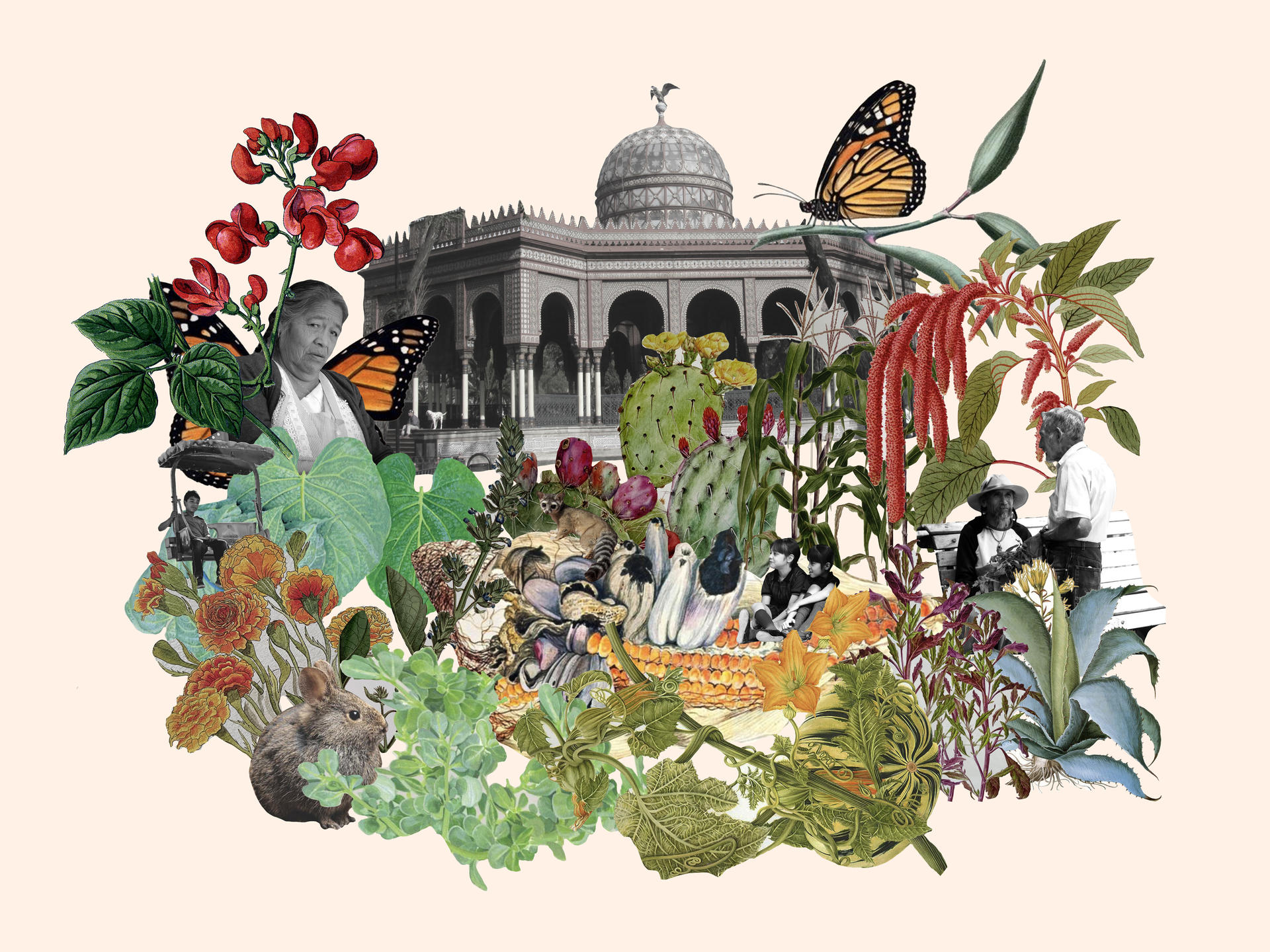
▲ Ultimate goal of "Growing Quelites in the City". Multifunctional landscape with native crops and forestry.

